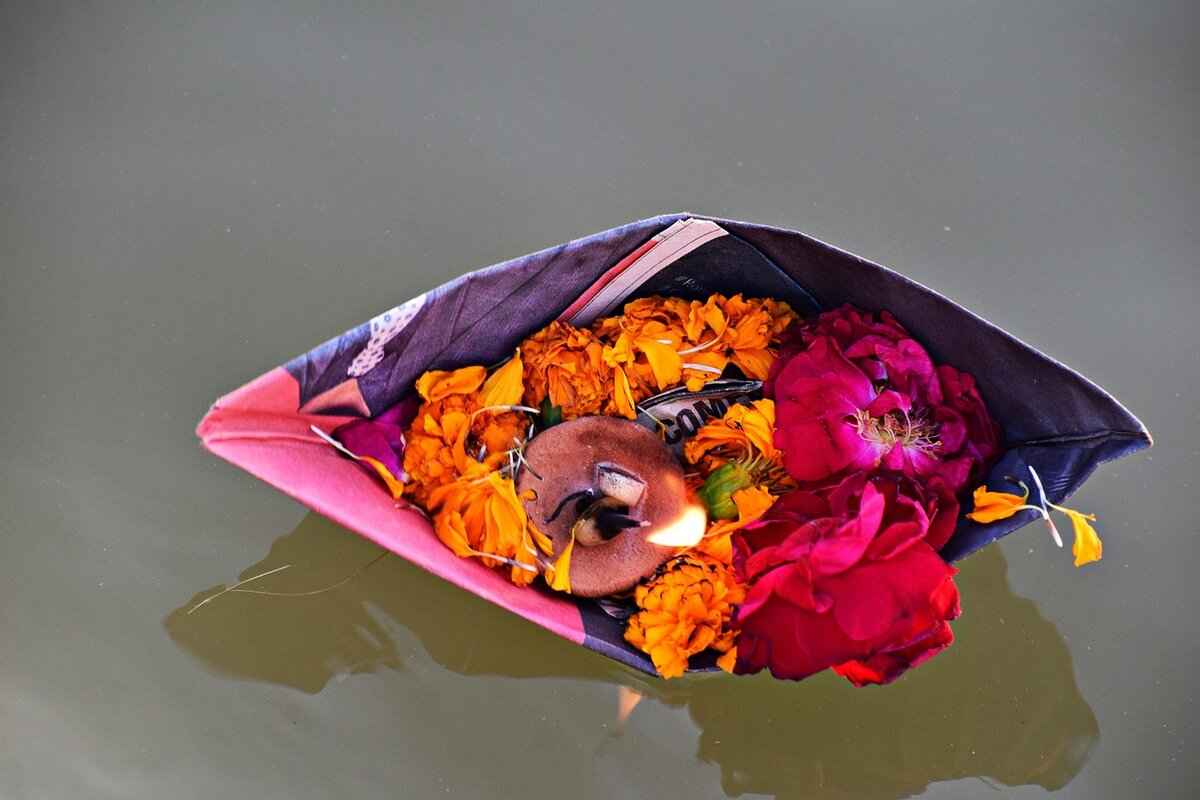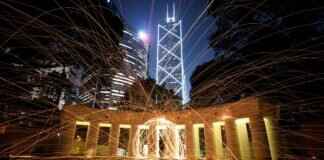This article explores the vibrant festivities of Durga Puja, offering insights into traditions, rituals, and cultural significance to help you celebrate this grand occasion authentically. Durga Puja is not just a festival; it is a celebration of life, culture, and community.
The Significance of Durga Puja
Understanding the historical and cultural significance of Durga Puja is essential for appreciating its role in Bengali society. This festival marks the victory of Goddess Durga over the buffalo demon Mahishasura, symbolizing the triumph of good over evil. It fosters a sense of unity and belonging among the community.
Traditional Rituals and Customs
- Mahalaya: The festival begins with this ritual, invoking the goddess’s spirit.
- Saptami: The installation of the idol and the start of the main festivities.
- Navami: The day of prayers and offerings.
- Dashami: The immersion ceremony, marking the end of the celebrations.
Festive Decorations and Pandals
Pandals are temporary structures that serve as the heart of the celebrations. They are elaborately decorated, showcasing the creativity and artistry of the community. Each pandal tells a unique story, often reflecting current social issues or themes.
Traditional Bengali Cuisine During Durga Puja
Food plays a central role in the festivities. Traditional dishes such as khichuri, labra, and an array of sweets are prepared to honor the goddess and delight devotees. The bhog offerings symbolize gratitude and devotion, making the culinary experience an integral part of the celebration.
Community Involvement and Cultural Events
Durga Puja fosters community spirit through various cultural events. Local clubs organize these events, ensuring that traditions are upheld. Engaging programs featuring dance, music, and drama showcase the rich artistic heritage of Bengal.
Conclusion: Embracing the Spirit of Durga Puja
To celebrate Durga Puja like a true Bengali, one must immerse in the traditions, rituals, and community spirit. This enriching experience not only honors the goddess but also strengthens the bonds within the community, making it a truly memorable occasion for all.
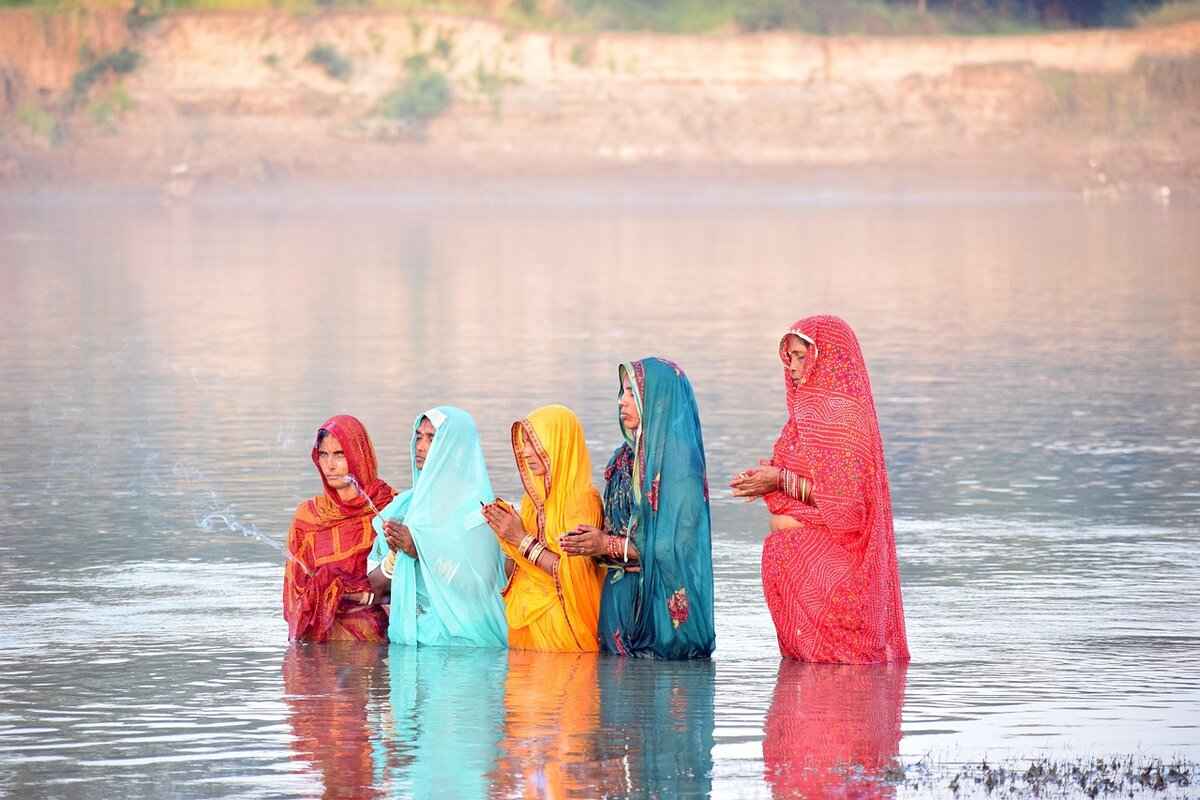
The Significance of Durga Puja
Understanding the historical and cultural significance of Durga Puja is essential for appreciating its vital role in Bengali society and its profound impact on the community. This grand festival, celebrated with immense fervor, marks the victory of the goddess Durga over the buffalo demon Mahishasura, symbolizing the triumph of good over evil.
Durga Puja is not merely a religious observance; it is a cultural phenomenon that unites people from all walks of life. The festival is deeply rooted in Bengali heritage, showcasing the rich traditions, art forms, and culinary delights of the region. It serves as a reminder of the importance of community, as families and friends come together to participate in various rituals and celebrations.
The festival traditionally spans five days, each laden with specific rituals that reflect the spiritual journey of devotees. From Mahalaya, which marks the beginning of Durga Puja, to the immersion ceremony that signifies the end of the festivities, each day holds unique significance. The rituals not only honor the goddess but also reinforce familial and social bonds, fostering a sense of belonging and unity among participants.
Moreover, Durga Puja serves as a platform for showcasing artistic creativity. The elaborate pandals and intricately crafted idols of Goddess Durga are a testament to the dedication and skill of local artisans. These structures become focal points for community gatherings, where people engage in cultural programs, dance, and music, celebrating their shared identity.
In conclusion, the significance of Durga Puja extends beyond the religious realm; it embodies the spirit of resilience and community cohesion. By understanding its historical and cultural context, one can truly appreciate the festival’s impact on Bengali society and its enduring legacy.
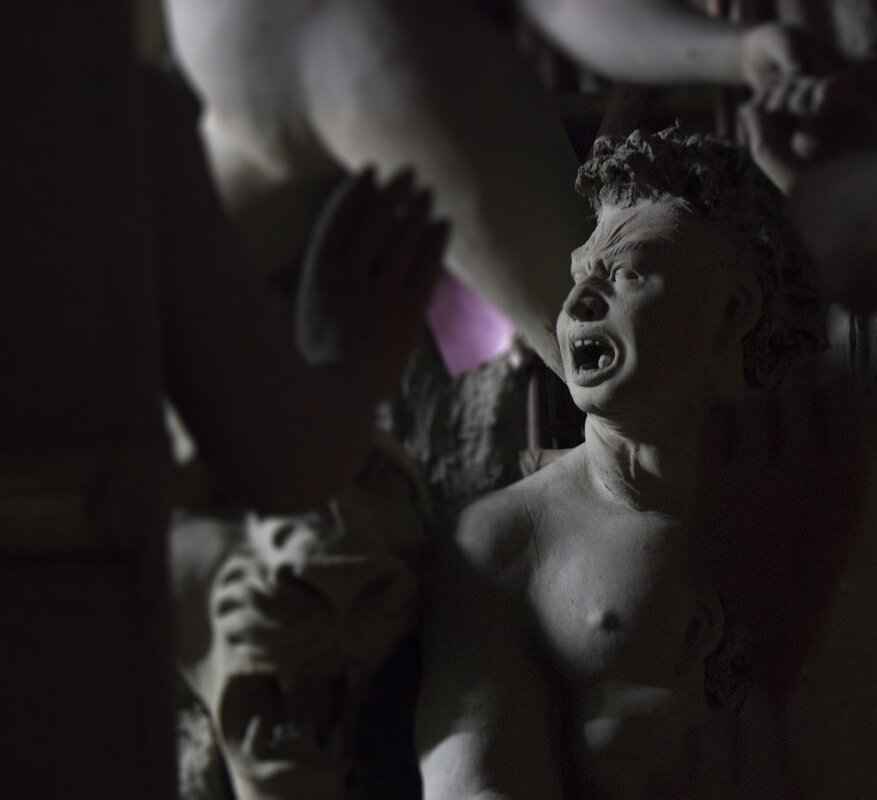
Traditional Rituals and Customs
Durga Puja is one of the most significant festivals celebrated in Bengal, showcasing a rich tapestry of traditions and rituals that resonate with cultural and spiritual importance. The festival spans several days, each marked by unique customs that embody the essence of devotion and community.
Mahalaya, the prelude to Durga Puja, marks the arrival of Goddess Durga to the earth. On this day, devotees perform tarpan rituals to honor their ancestors, seeking blessings for peace and prosperity. The recitation of Chandi Path and the chanting of the Mahalaya mantra create a divine atmosphere, signifying the start of the festivities.
As the festival unfolds, the Shashthi day welcomes the goddess with elaborate pran pratishtha rituals, where life is infused into the idols. This ceremony is steeped in spiritual significance, symbolizing the goddess’s presence among her devotees.
The subsequent days, known as Saptami, Ashtami, and Navami, are filled with various rituals including anjali offerings, where devotees present flowers and prayers to the goddess. The Ashtami Homa, a sacred fire ritual, is performed to invoke divine blessings, highlighting the importance of purification and spiritual renewal.
Finally, the Vijaya Dashami marks the culmination of Durga Puja with the immersion ceremony or Visarjan. This poignant ritual symbolizes the goddess’s return to her celestial abode, reminding devotees of the cycle of life, death, and rebirth. The immersion is often accompanied by emotional farewells, reflecting the deep bond between the goddess and her followers.
Each ritual during Durga Puja is not merely a formality but a profound expression of faith, community, and cultural heritage. Engaging in these traditions allows devotees to connect spiritually while celebrating the triumph of good over evil.
Mahishasura Mardini: The Story Behind the Festival
Mahishasura Mardini is a celebrated narrative in Hindu mythology that encapsulates the eternal struggle between good and evil. This story revolves around Goddess Durga and her fierce battle against the buffalo demon, Mahishasura. The essence of this tale is not just a myth; it symbolizes the triumph of righteousness over malevolence, a theme that resonates deeply within the cultural fabric of India.
The legend begins with Mahishasura, a demon who gained immense power through penance and boons from Lord Brahma. His newfound strength allowed him to terrorize the heavens and the earth, defeating the gods and establishing his reign of chaos. In response to this tyranny, the gods united their powers to create Goddess Durga, a divine warrior imbued with unparalleled strength and valor.
Durga, adorned with weapons gifted by the gods, represents the collective strength of divine forces. Her creation was a response to the suffering of the people and the imbalance caused by Mahishasura. The battle between Durga and the demon lasted for nine days and nights, symbolizing the struggle against evil. Each day of this fierce conflict is celebrated during the Durga Puja festival, culminating in the victory of good over evil on the tenth day, known as Vijaya Dashami.
This narrative is not merely a story but a powerful reminder of the resilience of good against overwhelming odds. The symbolism of Durga slaying Mahishasura serves as a beacon of hope and strength for many, inspiring countless devotees to uphold the values of courage, justice, and virtue in their lives.
In conclusion, the tale of Mahishasura Mardini is a profound narrative that transcends time and culture, embodying the eternal battle between light and darkness. It reminds us that, like Goddess Durga, we must summon our inner strength and courage to combat the evils that challenge our peace and harmony.
Significance of the Idol
The Significance of the Idol
The idols of Goddess Durga crafted with remarkable artistry are not merely decorative pieces; they hold profound spiritual significance in the celebrations of Durga Puja. Each idol is a representation of the goddess’s multifaceted nature, embodying her strength, compassion, and divine grace. The intricate details in the idols reflect the cultural heritage and artistic excellence of Bengal, making them central to the festivities.
During the festival, the idols are adorned with vibrant clothing and exquisite jewelry, symbolizing the goddess’s majesty and power. The craftsmanship involved in creating these idols is a labor of love, with artisans dedicating countless hours to ensure that every feature, from the facial expression to the positioning of the limbs, resonates with the essence of the goddess. This meticulous attention to detail is a testament to the devotion and respect held for the goddess within the community.
Moreover, each idol represents different aspects of Durga’s divine power. For instance, the fierce form of Durga symbolizes the triumph of good over evil, while her more serene forms reflect her nurturing qualities. This duality not only enriches the narrative of the festival but also offers devotees a chance to connect with the goddess on various emotional and spiritual levels.
| Aspect of Durga | Symbolism |
|---|---|
| Mahishasura Mardini | Victory over evil |
| Durga as a Mother | Compassion and nurturing |
| Durga as a Warrior | Strength and protection |
The immersion of these idols at the end of the festival signifies not just a ritual but also a poignant reminder of the cycle of life and death, reinforcing the belief in renewal and rebirth. As the idols are taken to the rivers or seas, devotees bid farewell to the goddess, expressing their hopes for her return next year. This cycle of creation and dissolution is a powerful metaphor for the human experience, making the celebrations deeply resonant for all who partake.
In conclusion, the idols of Goddess Durga are not just focal points of worship; they are rich symbols of cultural identity and spiritual connection. Their significance extends beyond the physical form, embodying the values and beliefs that bind the community together during the vibrant celebrations of Durga Puja.
Celebrating the Five Days of Durga Puja
Durga Puja, one of the most significant festivals in Bengali culture, spans five vibrant days, each marked by unique rituals and celebrations. This grand occasion not only honors Goddess Durga but also brings together communities in joyous festivities. Understanding the significance of each day can deepen your appreciation and involvement in the celebrations.
- Shashthi: The festivities kick off with Shashthi, where the goddess is welcomed into the pandal. Rituals include Chokkhu Daan, where the eyes of the idol are painted, symbolizing the goddess’s arrival. This day sets the tone for the celebrations ahead.
- Saptami: On this day, the main rituals begin. The Kalparambha ceremony marks the start of the puja, and devotees offer prayers and flowers. Special offerings, known as Bhog, are prepared to honor the goddess.
- Ashtami: Considered the most auspicious day, Ashtami features the Sandhi Puja, which occurs at the juncture of Ashtami and Navami. Devotees observe fasting and engage in prayers, seeking the goddess’s blessings. The Anjali ritual, where devotees offer flowers, is a highlight of this day.
- Navami: The celebrations continue with Navami, which includes more rituals and the Navami Homa, a fire ritual symbolizing purification and devotion. Families gather to share meals, reinforcing bonds and community spirit.
- Dashami: The final day, Dashami, is bittersweet as it marks the immersion of the idol in water. This day symbolizes the goddess’s return to her celestial abode. The Bisharjan ceremony is accompanied by emotional farewells, as devotees express their love and gratitude.
Each of these five days is filled with spiritual significance and cultural richness, making Durga Puja a truly immersive experience. Engaging in these rituals not only honors the goddess but also strengthens community ties and fosters a sense of belonging.
In conclusion, celebrating each day of Durga Puja with dedication and enthusiasm allows devotees to connect deeply with their heritage. Embrace the spirit of this festival, and you will find joy and fulfillment in every moment.
Festive Decorations and Pandals
play a pivotal role in the vibrant celebrations of Durga Puja, transforming public spaces into mesmerizing realms of art and devotion. These temporary structures, known as pandals, are not just mere shelters; they are elaborate displays of creativity that reflect the rich cultural heritage of Bengal.
Each pandal is a unique masterpiece, often designed around a specific theme that resonates with contemporary issues, mythology, or local traditions. Artists and craftsmen work tirelessly for months, pouring their heart and soul into every detail, from the intricate carvings to the vibrant colors that adorn the structures. The result is a stunning visual feast that captivates thousands of visitors.
The significance of these pandals extends beyond aesthetics. They serve as communal gathering points, where people from all walks of life come together to celebrate the triumph of good over evil. The atmosphere is electric, filled with the sounds of devotional music, laughter, and the aroma of traditional foods wafting through the air.
| Key Elements of Pandals | Description |
|---|---|
| Design Theme | Each pandal features a unique theme that reflects cultural or social messages. |
| Artistry | Craftsmen use a variety of materials to create intricate designs and decorations. |
| Community Engagement | Pandals serve as a hub for community interaction and celebration. |
Visitors often engage in photography, capturing the stunning visuals and sharing them on social media, which further amplifies the reach of these artistic expressions. The pandals also host various cultural programs, including dance and music performances, enriching the overall experience for attendees.
In conclusion, the pandals of Durga Puja are not just structures; they are a celebration of art, culture, and community spirit. They embody the essence of the festival, inviting everyone to partake in the joy and devotion that defines this grand occasion.

Traditional Bengali Cuisine During Durga Puja
is a celebration not only of religious devotion but also of rich culinary traditions. Food plays a pivotal role in the Durga Puja festivities, where families and communities come together to prepare and share a variety of traditional dishes that honor the goddess and delight the devotees.
During this auspicious time, the kitchens are filled with the aroma of spices and the sounds of laughter as families engage in the time-honored practice of cooking. The meals are often elaborate, featuring a blend of vegetarian and non-vegetarian dishes that reflect the diverse culinary heritage of Bengal.
| Dishes | Description |
|---|---|
| Khichuri | A comforting dish made of rice and lentils, often cooked with seasonal vegetables and spices, symbolizing prosperity. |
| Labra | A mixed vegetable dish prepared with a medley of seasonal vegetables, seasoned with spices, representing abundance. |
| Sandesh | Delicate sweets made from fresh chhena (cottage cheese), often shaped into beautiful forms, symbolizing sweetness in life. |
Another significant aspect of the Durga Puja cuisine is the Bhog, which is the food offered to the goddess. This offering typically includes a variety of dishes such as rice, lentils, vegetables, and sweets. The preparation of Bhog is done with great devotion, as it symbolizes gratitude and respect towards the divine. It is believed that sharing Bhog with others brings blessings and prosperity.
In addition to the traditional dishes, the festive atmosphere is enhanced by the communal spirit of sharing food among family and friends. Each dish carries its own story and significance, making the meals a vital part of the celebrations.
In conclusion, is not just about food; it is a celebration of culture, devotion, and community. Engaging in the preparation and sharing of these dishes allows devotees to connect with their heritage and embrace the spirit of the festival.
Signature Dishes to Try
Durga Puja is a time of joyous celebration, not only for its cultural and spiritual significance but also for its delightful culinary offerings. Each dish prepared during this festive period is steeped in tradition and carries its own unique flavor profile, making them essential to the celebrations.
Among the signature dishes to try, khichuri stands out as a comforting and wholesome meal. This dish, made from a blend of rice and lentils, is often cooked with seasonal vegetables and flavored with spices like cumin and bay leaves. It is traditionally enjoyed during the rainy season, symbolizing the spirit of togetherness and warmth during the festivities.
Another must-try is labra, a mixed vegetable dish that showcases the bounty of Bengali agriculture. Prepared with a variety of vegetables, labra is seasoned with a medley of spices and is often served alongside khichuri. This dish not only complements the main course but also reflects the essence of Bengali cuisine, which emphasizes the use of fresh, local ingredients.
When it comes to desserts, the sweet offerings during Durga Puja are simply irresistible. Sandesh, a traditional Bengali sweet made from fresh paneer, is often shaped into intricate designs and flavored with cardamom or saffron. Another favorite is rasgulla, soft and spongy cheese balls soaked in sugar syrup, which symbolize the sweetness of the festival.
These dishes are more than just food; they represent the rich cultural heritage of Bengal and the spirit of sharing and community during Durga Puja. Each bite carries the essence of devotion and celebration, making them an integral part of the festivities.
In conclusion, indulging in these signature dishes not only satisfies the palate but also connects one to the vibrant traditions of Durga Puja. Whether it’s the warmth of khichuri, the wholesome goodness of labra, or the sweetness of traditional desserts, each dish adds to the festive spirit and cultural tapestry of this grand celebration.
Importance of Bhog Offerings
During the grand festivities of Durga Puja, Bhog holds a special place, representing not just food but a profound expression of gratitude and devotion from the devotees. This sacred offering is meticulously prepared and presented to the goddess, symbolizing the community’s respect and reverence.
Bhog is not merely a meal; it is a spiritual offering that reflects the essence of the festival. Traditionally, it consists of a variety of dishes, including rice, lentils, vegetables, and sweets, all cooked with love and care. Each ingredient used in Bhog is selected with intention, aiming to please the goddess and invoke her blessings.
The preparation of Bhog is often a community affair, where families and friends come together to cook and share their culinary skills. This collaborative effort fosters a sense of unity and strengthens bonds among participants, reinforcing the communal spirit that Durga Puja embodies. Moreover, the act of cooking for the goddess is seen as a way to express one’s devotion and to seek her grace in return.
After the Bhog is offered to the goddess, it is distributed among the devotees, symbolizing the sharing of divine blessings. This practice not only nourishes the body but also enriches the soul, as partaking in Bhog is considered a sacred act. It is a moment of connection, where individuals come together to celebrate the divine and partake in the joy of the festival.
In conclusion, Bhog offerings during Durga Puja are a vital aspect of the celebrations, serving as a powerful reminder of the spiritual and cultural significance of the festival. They encapsulate the values of gratitude, community, and devotion, making them an indispensable part of this vibrant celebration.
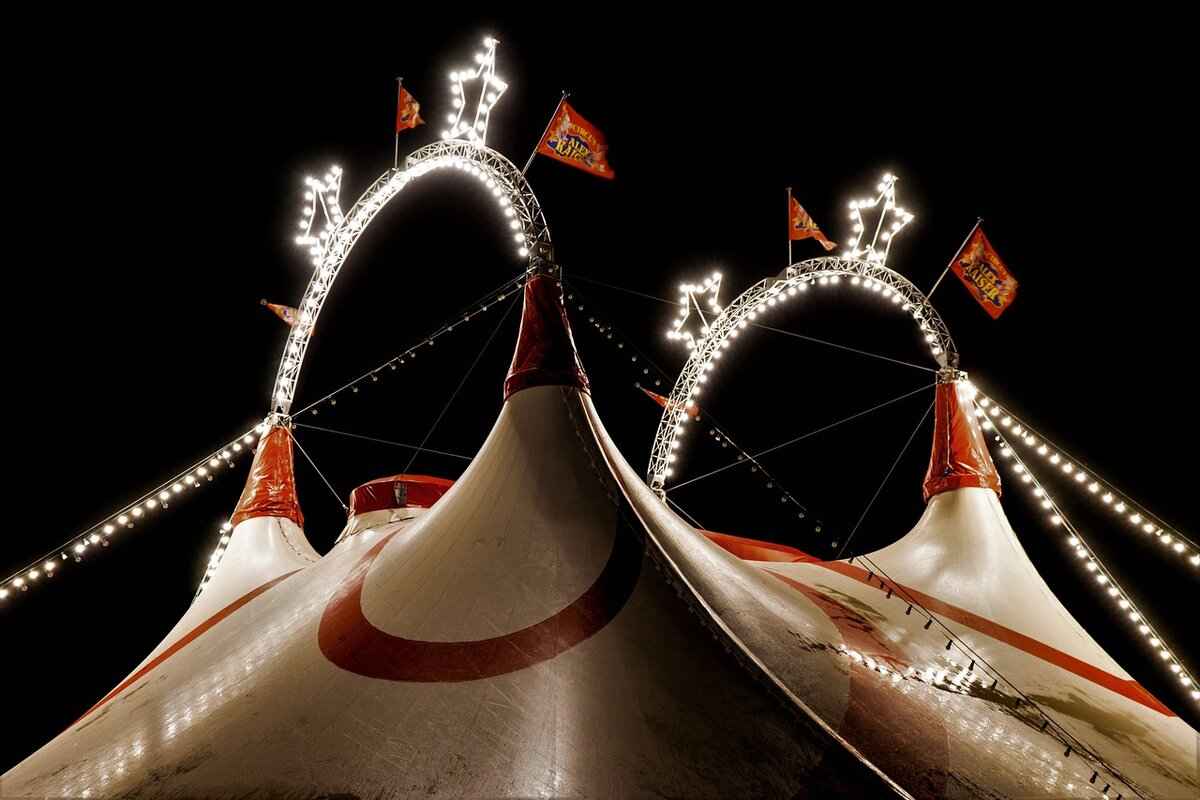
Community Involvement and Cultural Events
Durga Puja is a vibrant celebration that transcends mere family gatherings; it embodies the essence of community spirit. This festival brings together people from all walks of life, fostering a sense of unity and shared joy through various cultural events, performances, and social gatherings. The collective participation enhances the festive atmosphere, making it a memorable experience for everyone involved.
Local Clubs and Organizations
Local clubs and organizations play a pivotal role in orchestrating the festivities. These groups are often the backbone of the Durga Puja celebrations, coordinating events that not only uphold traditions but also innovate new ways to engage the community. They organize processions, workshops, and various competitions that invite participation from all age groups, ensuring that the spirit of togetherness is palpable.
Cultural Programs and Performances
During the Durga Puja festivities, cultural programs take center stage. These include traditional dance performances, music recitals, and theatrical shows that reflect the rich artistic heritage of Bengal. Such events not only entertain but also educate attendees about the significance of the festival, allowing younger generations to connect with their cultural roots. The performances are often a blend of classical and modern art forms, showcasing the versatility of local talent.
Food and Festivities
No celebration is complete without food, and Durga Puja is no exception. Community feasts, or bhog, are prepared and shared among attendees, fostering a sense of camaraderie. These meals are not just about sustenance; they symbolize the sharing of blessings and the spirit of togetherness that defines the festival.
Conclusion
In essence, Durga Puja is a celebration of community involvement and cultural richness. By participating in these events, individuals not only honor the goddess but also strengthen the bonds within their community, making the festival a truly enriching experience for all.
Role of Local Clubs and Organizations
Local clubs are the heartbeat of the Durga Puja celebrations, playing an essential role in bringing together the community. These organizations are not only responsible for the logistical aspects of the event but also for fostering a sense of unity and cultural pride among participants. Their efforts ensure that the rich traditions of this festival are not only preserved but also celebrated with enthusiasm and creativity.
- Community Engagement: Local clubs actively involve community members in the planning and execution of Durga Puja events. This engagement is crucial as it allows individuals to contribute their ideas and skills, making the celebrations more inclusive and representative of the diverse community.
- Organizing Events: These clubs take on the responsibility of organizing various events throughout the festival, including cultural programs, processions, and religious ceremonies. Their meticulous planning ensures that each event runs smoothly, providing a seamless experience for all attendees.
- Fundraising and Sponsorship: Local clubs often engage in fundraising activities to gather the necessary resources for organizing the festivities. They seek sponsorship from local businesses, which not only helps fund the events but also strengthens community ties.
- Promoting Cultural Heritage: By organizing traditional performances, art exhibitions, and workshops, local clubs play a vital role in promoting Bengali culture and heritage. These activities help educate younger generations about their roots and the significance of Durga Puja.
Through their dedicated efforts, local clubs ensure that the spirit of Durga Puja thrives, allowing community members to come together in celebration and reflection. This collaborative approach not only enhances the festivities but also reinforces the bonds among residents, making Durga Puja a truly communal experience.
In conclusion, the role of local clubs and organizations in Durga Puja cannot be overstated. Their commitment to upholding traditions while fostering community spirit is what makes this festival a vibrant and cherished occasion for all.
Cultural Programs and Performances
During the vibrant festival of Durga Puja, the atmosphere is electrified with a variety of cultural programs that engage and entertain the community. These performances are not merely for enjoyment; they are a celebration of Bengal’s rich artistic heritage. From traditional dance forms to contemporary music, each event showcases the diverse talents of local artists and reinforces the cultural fabric of the region.
Dance Performances
- Classical Dance: Traditional dance forms such as Kathak and Bharatanatyam are often performed, telling stories of mythology and devotion through intricate movements.
- Folk Dance: Folk dances like Chhau and Bonedi Baithak bring a lively energy to the festivities, inviting audience participation and creating a sense of unity.
Musical Performances
- Vocal Recitals: Renowned singers often perform devotional songs, known as bhajans, that resonate with the spirit of the festival.
- Instrumental Music: Traditional instruments like the tabla and sitar are featured prominently, adding a rich auditory experience to the celebrations.
Theatrical Performances
Theatrical presentations, including dramas and skits, often depict stories from Hindu mythology, particularly focusing on the valor of Goddess Durga. These performances not only entertain but also educate the audience about the festival’s significance and the triumph of good over evil.
Conclusion
The cultural programs during Durga Puja serve as a vibrant reminder of Bengal’s artistic legacy. They foster a sense of community and belonging, making the festival a truly immersive experience for all participants. Engaging with these performances allows devotees and visitors alike to appreciate the richness of Bengali culture while celebrating the divine.

Conclusion: Embracing the Spirit of Durga Puja
Celebrating Durga Puja like a true Bengali is an immersive experience that goes beyond mere participation; it involves a deep connection with the traditions, rituals, and the vibrant community spirit that defines this grand festival. The essence of Durga Puja is rooted in the celebration of the triumph of good over evil, and this theme resonates through every aspect of the festivities.
The festival begins with Mahalaya, a day dedicated to invoking the goddess Durga, marking the onset of the festivities. This is followed by five days of rituals, each day rich with significance and activities that engage the community. The idol of Goddess Durga, intricately crafted and adorned, serves as the focal point of devotion and celebration, representing her various forms and powers.
During Durga Puja, the streets come alive with beautifully decorated pandals, which are temporary structures that house the idols. Each pandal is a work of art, showcasing creativity and cultural themes that reflect the spirit of the times. Visitors often spend hours exploring these elaborate designs, which serve as gathering places for friends and families.
Food also plays a crucial role in the celebrations. Traditional Bengali dishes, such as khichuri and labra, are prepared as offerings to the goddess, known as bhog. This food symbolizes gratitude and devotion, and sharing it with the community strengthens bonds among participants.
Moreover, Durga Puja is a time for cultural expression, with numerous performances and events that bring together local talent. Dance, music, and drama are integral to the celebrations, showcasing the rich artistic heritage of Bengal and fostering a sense of unity among attendees.
In conclusion, celebrating Durga Puja like a true Bengali is about embracing the traditions, participating in the rituals, and engaging with the community. It is a time of joy, reflection, and togetherness, making it a truly enriching experience for everyone involved.
Frequently Asked Questions
- What is the significance of Durga Puja?
Durga Puja celebrates the victory of Goddess Durga over the buffalo demon Mahishasura, symbolizing the triumph of good over evil. It holds deep cultural and spiritual significance in Bengali society, bringing communities together to honor tradition.
- What are the main rituals observed during Durga Puja?
The rituals include Mahalaya, where devotees invoke the goddess, and the immersion ceremony, marking the end of the festival. Each day features unique customs, such as the offering of bhog and special prayers, enhancing the festive spirit.
- What traditional foods are prepared during Durga Puja?
During Durga Puja, traditional Bengali dishes like khichuri, labra, and various sweets are prepared. These dishes are not only delicious but also carry cultural significance, often offered as bhog to the goddess.
- How do local clubs contribute to Durga Puja celebrations?
Local clubs play a pivotal role in organizing the festivities, coordinating events, and ensuring that the rich traditions of Durga Puja are preserved. They foster community spirit and provide a platform for cultural programs and performances.
- What types of cultural events take place during Durga Puja?
Cultural events during Durga Puja include dance, music, and drama performances that showcase the artistic heritage of Bengal. These events not only entertain but also strengthen community bonds and celebrate the festival’s vibrant spirit.

